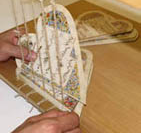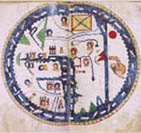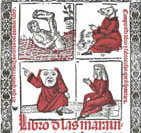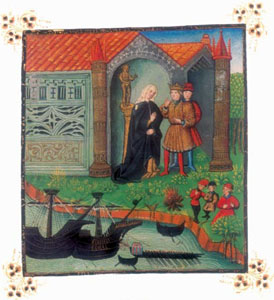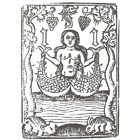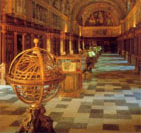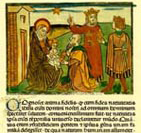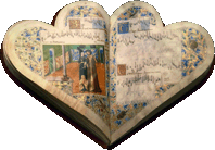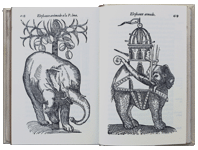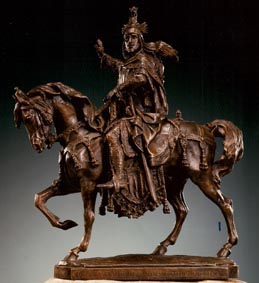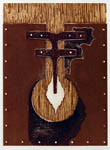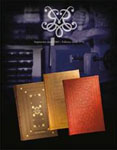|
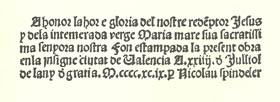
Inculabulum dated 1494 and printed in Gothic script
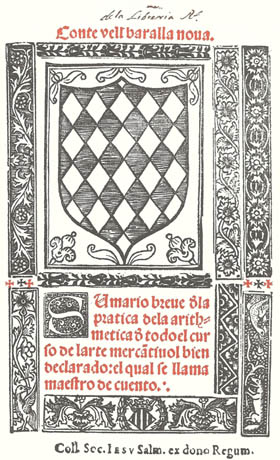
Post-incunabulum arithmetic in Gothic script
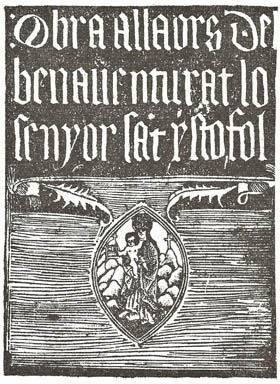
Inculabulum unique in the world
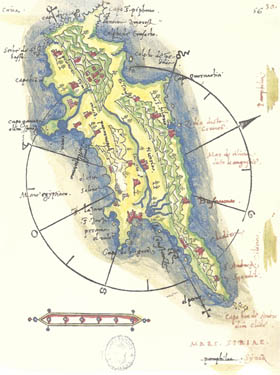
Inculabulum illustrated
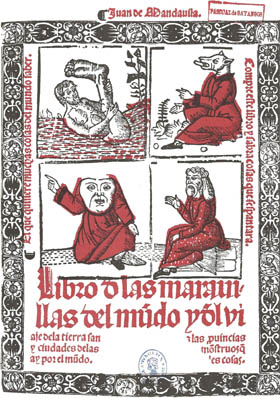
Inculabulum themed: Literary Travel
|
-
Old books: The dates based on which books can be classified as incunabula are subject to convention, having been established over time, as is the case with old books. Old books are usually taken to be those books which were printed before the beginning of the 19th century, but this varies from library to library, bookseller to bookseller, bibliophile to bibliophile, and over time.
-
Post-incunabulum: Due to the fact the method of printing using movable type spread across the world at different rates and at different times, post-incunabula are generally taken to be those books which have the same characteristics as incunabula, but which were not printed during the incunabulum period (15th century). For example, the books printed in Venice cease to have similar characteristics to those of the initial printing period from 1480 onwards, as stated by Haebler in his Handbuch der Inkunabelkunde, but the books printed in England and Spain retain the characteristics of incunabula until the early 16th century. In the Spanish case, a post-incunabulum refers to a printed work from the first 20 years of the 16th century, as stated by Julián Martín Abad in his notes to the Spanish edition of Haebler’s work. In general, a post-incunabulum is a book which is printed in the 16th century, but which maintains the more primitive characteristics of the books printed during the incunabulum period.
-
The first incunabula: Konrad Haebler created a world map concerning the spread of printing, detailing the year in which printing arrived in important cities. Although recent research has made some minor modifications to these details, there are certain books which are especially emblematic of the dawn of printing in particular countries. Vicent García Editores has produced facsimiles of two of these: the Gutenberg Bible or the 42-Line Bible, Gutenberg’s most important work, with which he introduced his invention to the world; and Obres o trobes en laors de la Verge Maria, the first literary work published in Spain.
-
Rare books: As Francisco Mendoza Díaz-Maroto says in his Introducción a la bibliofilia, although rare books are usually thought to be old and expensive, this is not necessarily the case: there are some very old books which are not at all rare, but which are very expensive (such as the Liber chronicarum). Normally, the more expensive the book was to make, the better preserved it is and the more exemplars there are of it. An incunabulum or antique book may be unique, but you never know when it may cease to be so, as another exemplar, or part of one, may appear, thus ending its uniqueness.
-
Illustrated incunabula: When Gutenberg invented movable type, his intention was to produce books which were very similar to manuscript codices: for this reason, there are illustrated incunabula decorated with miniatures, imitating their elaborate Gothic script and combining the mechanical work of the printing press with the artistic work of the limner. These are few in number and are very valuable.
-
Thematic incunabula: The most common incunabula are those with a religious theme, but incunabula were also printed which have scientific, artistic, philosophical, or historical subjects and others whose theme is more banal (having been produced for the purposes of entertainment). These thematic books were a great impetus to the establishment of universities.
|

